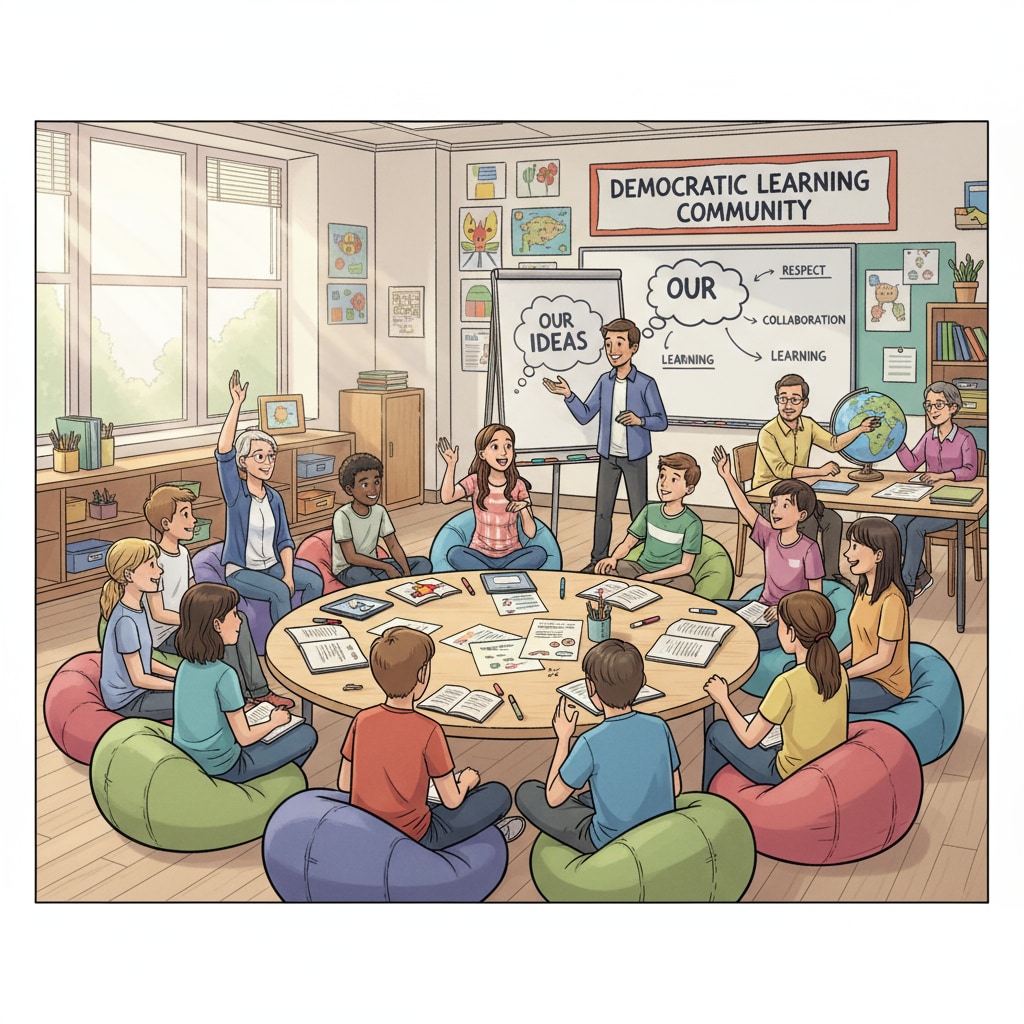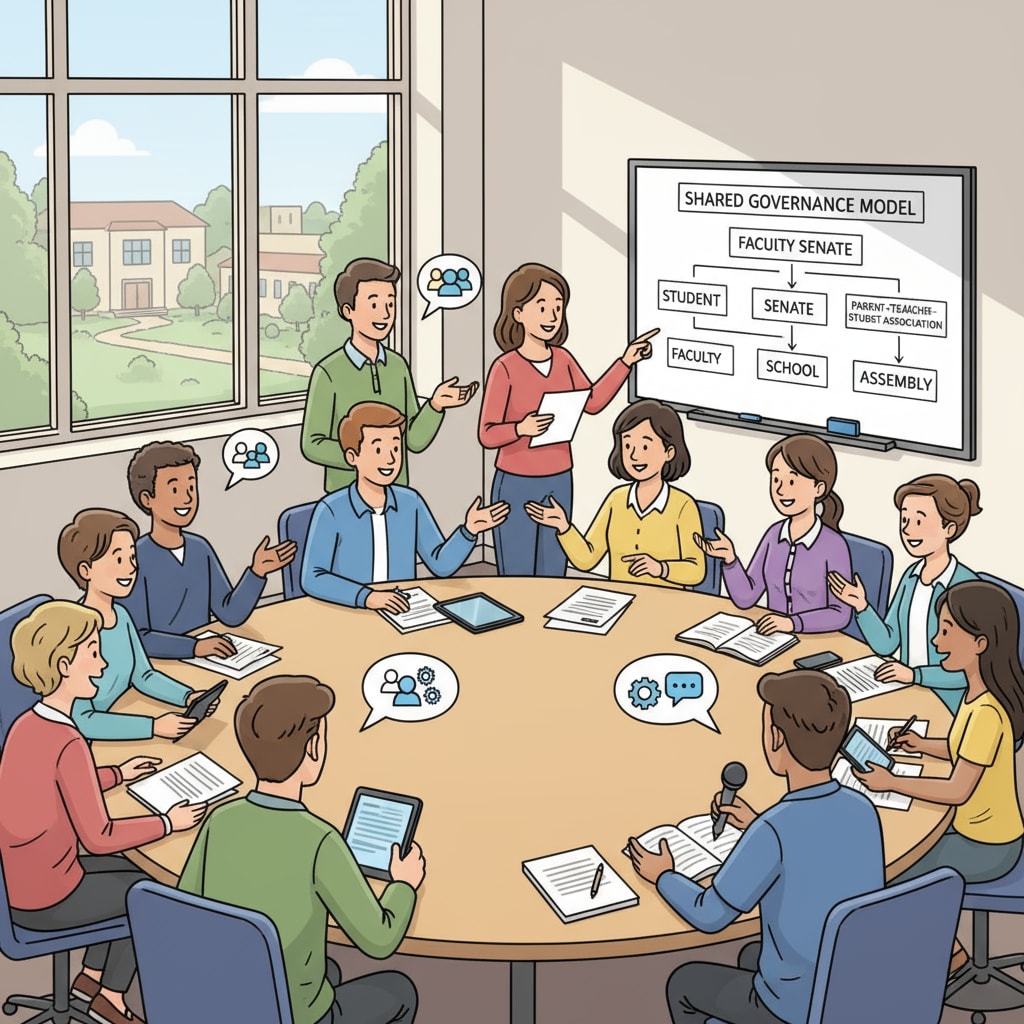In the landscape of K12 education, non – traditional school leadership, democratic schools, and teacher – autonomous schools are emerging as revolutionary concepts. These models challenge the long – standing dominance of the traditional principal – centered leadership structure, offering fresh perspectives on how educational institutions can be managed and how students can be educated. Let’s take a journey to explore these innovative models.
The Rise of Unconventional Leadership in K12 Education
In recent years, there has been a growing dissatisfaction with the traditional hierarchical leadership in K12 schools. Many educators and parents believe that the top – down approach may not fully meet the diverse needs of students and teachers. As a result, alternative leadership models have started to gain traction. For example, in some schools, the focus has shifted from a single leader making all the decisions to a more collaborative approach. Education reform on Wikipedia shows that this trend is part of a broader movement to make education more student – centered and inclusive.

Democratic Schools: A Model of Shared Governance
Democratic schools are a prime example of non – traditional leadership in K12 education. In these schools, the power is distributed among students, teachers, and sometimes parents. Everyone has a say in school policies, curriculum design, and daily operations. For instance, at Sudbury Valley School in the United States, students and staff participate in a School Meeting, where they vote on important matters. This model promotes a sense of ownership and responsibility among all members. According to Education on Britannica, democratic schools aim to create an environment where students can learn at their own pace and develop essential life skills such as decision – making and communication.

Another aspect of democratic schools is the emphasis on self – directed learning. Since students have a role in shaping their education, they are more likely to be motivated and take initiative in their studies. This model also encourages a culture of respect and equality, as everyone’s voices are heard and valued.
Readability guidance: We’ve used short paragraphs to present key ideas clearly. In the section about democratic schools, we’ve provided an example to illustrate how the model works. Transition words like “for instance” and “another aspect” help to connect different ideas smoothly.


